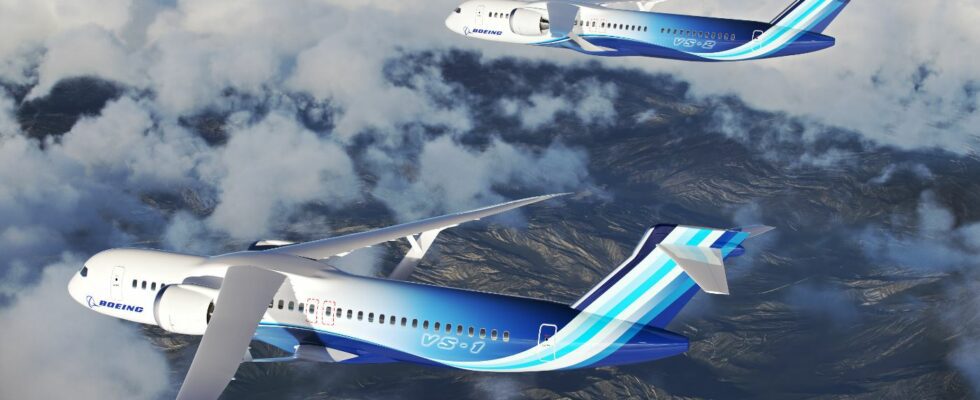The American agency is setting up its program dedicated to sustainable aviation, centered on the development of new aerodynamic means for single-aisle aircraft. The United States is committed to a carbon neutral sector by 2050, and this project is one of the tools to achieve this.
Industry will spend more than NASA…
The plane of the turfu
We would sometimes forget it, but the first “A” of NASA is for ” aeronautics ! A rapidly evolving sector facing the challenge of climate change and the reduction of greenhouse gas emissions implemented by the US government.
The “Sustainable Flight Demonstrator” project will be used for this purpose: concretely, it involves studying, developing and producing with an industrial unit a demonstrator resulting from the latest research in aerodynamics, in particular with regard to the wings of the courts. and medium-haul single-aisle aircraft, the most common aircraft in the world (the generation of the Boeing 737, or the Airbus A319-320-321 NEO). These new wings resulting from state-of-the-art modeling will be larger, in high architecture and with stays which are themselves very important for airflow.
Enough to bring, according to the NASA press release, a 30% fuel economy with equal performance compared to current single-aisle jets!
From design to plane
It still remains to move from simulation to demonstrator, and that is why NASA had to choose a particular industrial group. Little suspense, it is Boeing which is essential, and which will receive an envelope of 425 million dollars to set up, develop and produce a demonstrator capable of validating this research…
Knowing that Boeing (which is at the head of a consortium for this contract) has undertaken to spend 725 million dollars on its side. A significant sum, but to be put into perspective given the stakes: the renewal of the air fleet in the next decade (and especially with this drop in consumption) represents several thousand, even tens of thousands of units.
Big stakes… even for NASA
The demonstrator should be ready for 2030, but we must not forget that this is not the only development concerning “sustainable aviation”, nor for industrialists (search for more efficient and less consuming reactors, green fuel, electric propulsion or hydrogen, etc.), nor for NASA… even if this wing is the result of nearly 10 years of upstream work!
The American agency is exploring several other avenues for the aviation of the future, such as distributed electric propulsion for short-haul aircraft, new materials and antennas, and even flight software.
Source : NASA

4